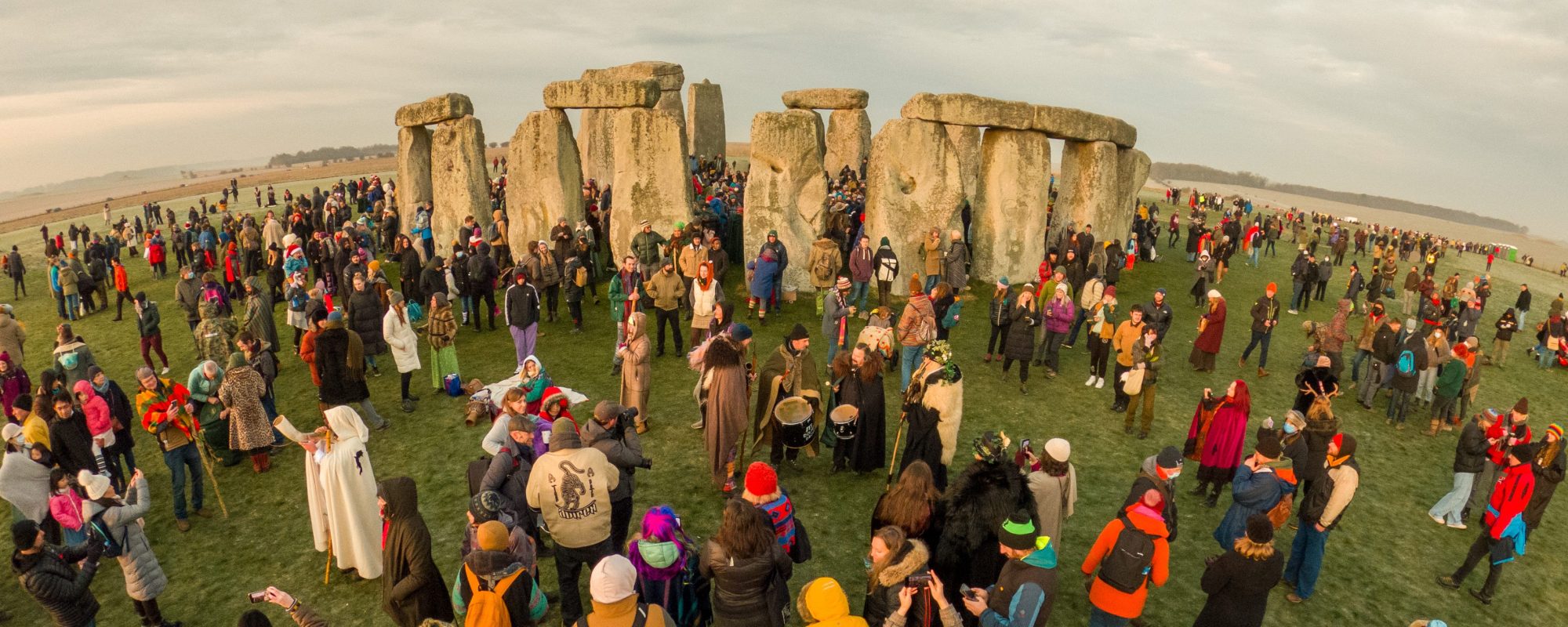The Sarsen Trilithons known as Stonehenge have been standing tall over humanity for about 4,500 years. For millennia, we didn’t know where the prehistoric monument came from. Just recently, this question has been answered.
Videos by Rare
Until recently the earliest knowledge of Stonehenge was from Welsh Cleric Geoffrey of Monmouth. He stated that the Stones of Stonehenge were raised to memorialize British nobles slain by Saxons. Still, the question remains: where did they come?
The source of the stones, the fact that there are multiple types of stone, and how they may have gotten to the Stonehenge site has been significantly clarified.
According to a paper recently published in Science Advances, the shape on the inside of the structure that makes up the central horseshoe is comprised of 2-4 small blocks of bluestone. Bluestone is blue-ish/gray in color when they wet and at its core. The smaller bluestones that make up the central horseshoe are from Preseli Hills in Western Wales.
The most unbelievable part about the classification of the bluestones is how they got where they are. The bluestones were allegedly dragged/rolled/carried from the Preseli Hills in Western Wales to create the stone circle. From one location to another, the trip is nearly 200 miles away. A long way to roll or carry, surely!
The journal Science Advances also claims that all but a few of the megaliths were from the same location in southern England. Last year, archeologists found that the standing stones, on the other hand mostly all came from the West Woods. Specifically, from the highest points of the Marlborough downs, about 20 miles north of Stonehenge.
The upright stones are large sarsen stones which are essentially slabs of sandstone. On average, they weigh about 20 tons and make up the central horseshoe, heel stone, slaughter stone, and station stones. What was formally known as the duricrust silcrete and a large part of the Stonehenge structure was found in Wiltshire county.
Geomorphologist at the University of Brighton, David Nash, one of the authors of the paper states that: “There are literally thousands of pieces of sarsen stone sitting in museums across Britain. However, to my knowledge, the core from stone 58 is the only piece of stone where we can identify precisely which stone it came from”.
Stone 58 is why it was difficult to determine the source area of the stones. A piece from stone 58 was stolen and has just recently been returned to English Heritage, Stonehenge’s management organization. The process for figuring out where they came from got a lot easier with the return of Stone 58. After a year of waiting, the found archaeological excavations were able to be cross-reference from stone 58 core. With the stolen piece, turned into Salisbury Museum, they were able to run tests on sarsens stones all over England. The only positive match came from the West Woods.
Nash, the lead on the study stated that this information, while pretty groundbreaking, was in some sense already implied. William Lambarde, an antiquarian in historic England the 16th century knew back them. He said:
“Lambarde came to that conclusion based on little more than the appearance of the stones on the Downs and their similarity to those at Stonehenge,” Nash said. “This idea has stuck around for more than 400 years but has never been tested.”
The other person who thought that West Woods and Stonehenge may have been linked was a man named John Aubrey:
“Aubrey reckoned that he’d found the source of Stonehenge’s sarsens, a large quarry pit just 14 miles north of Stonehenge…Given that West Woods is around 15 miles away, it’s very possible that he got it right the first time! And it’s taken us 340 years to find out again.”



